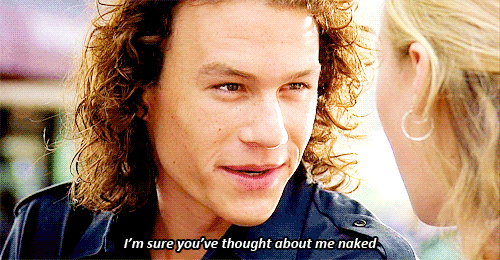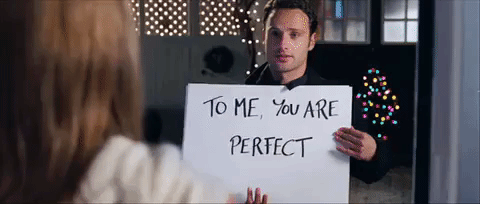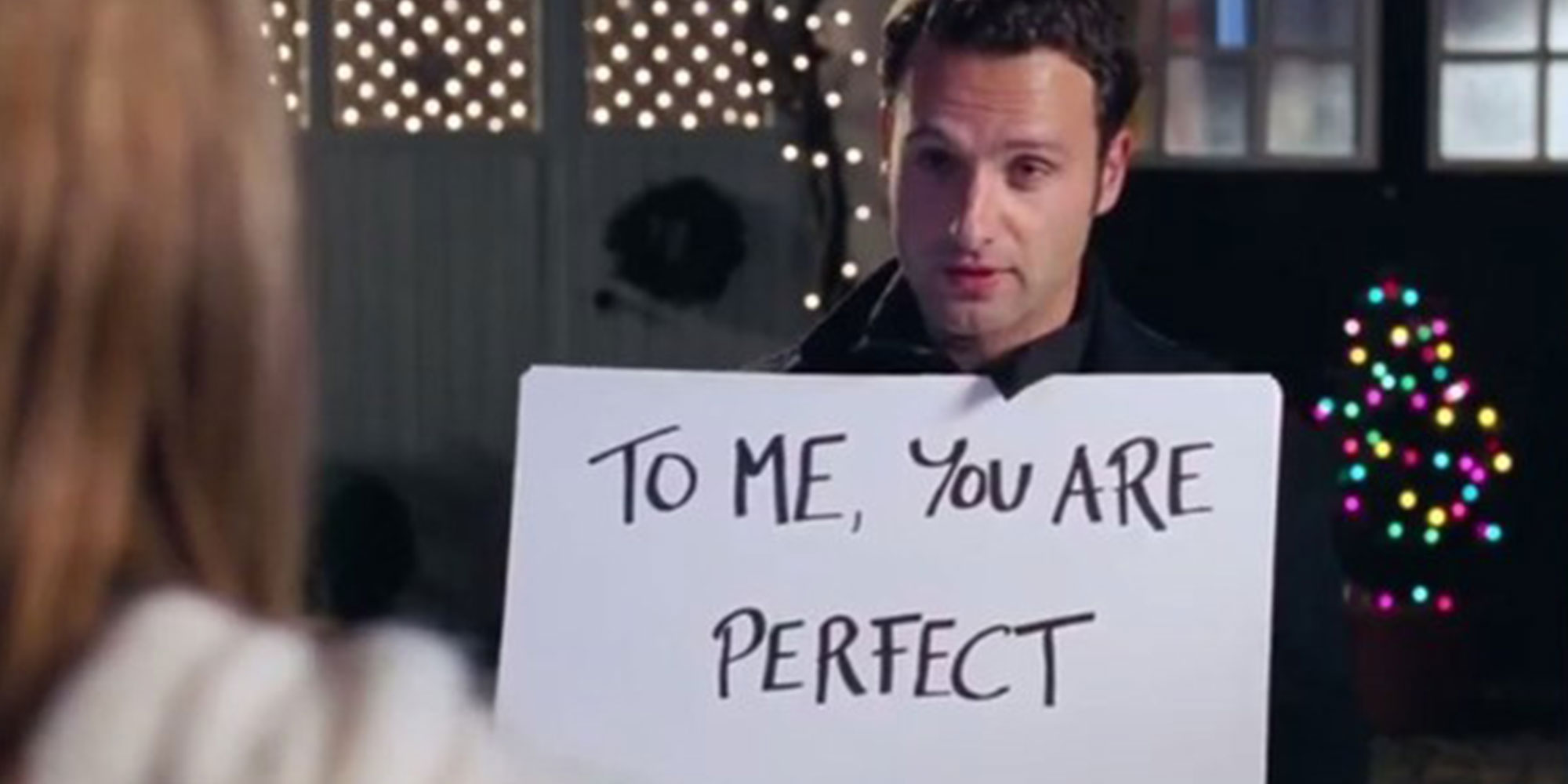Imagine this: You’re a 13-year-old girl who’s clearing up an overgrown trail by yourself in the woods. While you’re alone camping in this isolated location, you hear rustling in the bushes. It may be an animal, but it may also be Jake Boone, the 16-year-old boy who’s been relentlessly pursuing you for weeks.
After all, Jake has been showing up unannounced at places where he knew you’d appear for a while now, leaving you unsolicited gift after unsolicited gift in spite of your many requests for him to back off and leave you alone. Once, he stole a sports car and drove it around town — the sheriff racing behind him — just to impress you.
You didn’t want him to do that, but you’re starting to get a sense of what he’s capable of doing in the name of “love.” And now you’re in the woods, by yourself, and all of a sudden you realize this boy could be right behind you, hiding in the bushes, waiting to surprise you with another “gift.”
If this scenario doesn’t make you involuntarily shudder, then you’re just like I was at age 10 when I first read Chasing Redbird, a YA novel by Sharon Creech (who’s famous for her other YA novel Walk Two Moons — the main character even makes an appearance as the protagonist’s best friend in Chasing Redbird). As a kid, I relished the plotline in which boy-relentlessly-pursues-young-girl. It seemed romantic, and I fantasized about the day when I’d be lucky enough to become the object of such devout attention.
Then, I grew up and learned the definition of “stalking.”
My 10-year-old heart was retroactively broken by the realization that Zinny, Chasing Redbird’s 13-year-old protagonist, ended up eventually dating the boy, Jake, who had been stalking her all summer. Creech ultimately depicted their relationship in the book as happy and healthy — you know, once the criminal harassment had subsided.
This twisted ending to what I now view as a creepy plotline made me think twice about Ms. Creech, whom I’d so admired as a kid. How could she, a woman capable of enchanting my childhood with her magical, overgrown trail and perfectly ornery teenage characters, have gone so wrong in depicting a “positive” relationship?
Before I try to reconcile my Redbird nostalgia (and little girl crush on stalker Jake), it’s important to note that my feelings regarding the stalker plot are common. In a 2015 study from the University of Michigan titled “I Did It Because I Never Stopped Loving You: The Effects of Media Portrayals of Persistent Pursuit on Beliefs About Stalking,” author Julia Lippman found that when women watched movie scenes that positively portrayed typical stalking behaviors, they proffered more accepting views of the criminal act.
Similarly, I grew up believing that Jake and Zinny’s actions in Chasing Redbird exemplified dating. No wonder I didn’t date anyone until I turned 17 — I’d been waiting for a boy to develop an undying passion for me after a brief, one-time encounter, a boy who would subsequently show up at my door again and again even though I “played coy” by rebuffing him like clockwork. For most of my teenage years, I truly believed that was how dating worked.
To be honest, I’m lucky that I didn’t encounter such a boy during those years. Believing what I did, I could have found myself in a very bad situation.
Here are some other examples of what such a “bad situation” might look like:
A boy who once pressured you into having sex with him (aka, sexually assaulted you) wants to date (aka, have sex with) your younger sister. He pays another boy to date you because your sister’s only allowed to date if you do. The boy who was paid to date you continues to follow you around and learns where you spend your time so that he can wait around in those places for you to show up. He doesn’t give up until you give in and decide grudgingly to spend time with him. How romantic! (“10 Things I Hate About You”*)

As you watch the video of your recent wedding that your husband’s best friend made, you realize that the camera was trained on your face and body the entire time — missing most of the key moments of the ceremony, not to mention your husband. On Christmas Eve, your husband’s best friend shows up at your door unannounced. You answer and he says, “Shhh,” instructing you to lie about his presence there so he can tell you, through a series of signs he spent significant time planning and making beforehand, how much he loves you and will never stop loving you — even though you are now happily married to his best friend. Awwww. (“Love Actually”)

A boy joins your choir group with the express purpose of finding someone to have sex with. He chooses you because he decides you’re the hottest girl in the group. He tries to get you to date him even though you tell him “no” multiple times… so he tries even harder by learning how to up his manipulation skills and then continues to pursue a relationship with you. So sweet!! (The one token “romantic” plotline from “American Pie”)

These are older movies, from the late ‘90s to early 2000s, and Chasing Redbird was published in 1997. But that’s not to say this plot has become passé in light of the recent cultural/media awakening in the US about violence against women.
Fifty Shades of Grey, a book-cum-movie franchise that sheds a positive light on intimate partner violence, will have its third (and hopefully final) movie debut this coming Valentine’s Day. Readers and viewers seemed to connect with a plot in which a woman is, again, pursued relentlessly by an older man who then forces her into a sexual contract she’s unsure about by giving her an ultimatum — do what I want in this relationship, or there is no relationship.
The most recent movie in the series, “Fifty Shades Darker,” surpassed $300 million at the box office just after its first week in theaters this past February. Obviously, something has to change about how we as a society portray (and ultimately accept) stalker plots.
All that being said, the realization that the Chasing Redbird romance plot revolved around stalking hasn’t stopped me from loving the book. Stalking aside, it’s a book that inspired me when I was young because it featured a young girl like me, literally forging a path of her own by clearing an overgrown trail that she found in the woods. My enduring love for the story is something I have to come to terms with, and I think I’ll do it by taking the book as both a cautionary tale and a story about the real world challenges girls face as they grow up.
*Though adapted from Shakespeare’s The Taming of the Shrew, certain plot nuances are unique to the 1999 movie.



